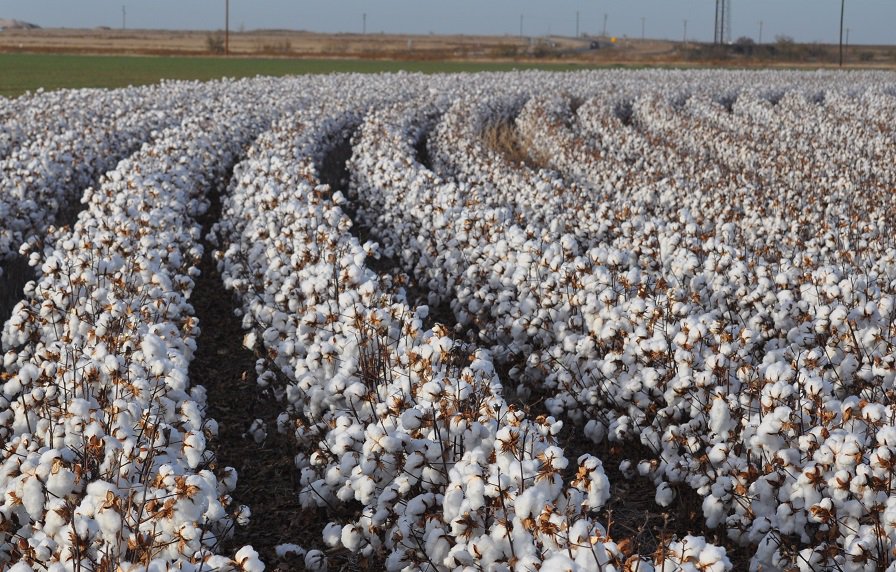After experiencing drought condition and hurricanes, U.S. cotton sees decline in its quality. This article analyzes the 2017/18 and 2018/19 cotton indicators, showing that the quality of 2018/19 cotton reduces much on color index, length, strength and leaf grade. For Micronaire Index, the proportion of low micronaire cotton reduces, that of standard micronaire cotton increases, while that of high micronaire increases.
Remark: the statistics in the article is from USDA. The U.S. cotton inspection data in 2018/19 is by Nov 8, 2018 and that in 2017/18 is by Nov 9, 2017. The standard mentioned is the U.S.’s standard.
U.S. cotton arrivals


According to USDA, by Nov 8, 1.267 million tons of 2018/19 U.S. upland cotton have been inspected, a decrease of 5.71% year on year, accounting for about 33.09% of the forecast output (3.83 million tons). In terms of inspection volumes, it was smaller in 2018/19 than that in 2016/17 and 2017/18, but higher than that in 2015/16. For inspection tempo (proportion in total output), it was slower in 2018/19 than that in 2015/16 and 2016/17, but faster than that in 2017/18.
U.S. upland cotton quality
1. Color index

By Nov 8, Middling and above grade of 2018/19 cotton took a share of 30.6% in total forecast output, a fall of 40.2% compared to last year. Except California, New Mexico, North Carolina and Virginia, color index of upland cotton from other states reduced severely, mainly attributed to the excessive rainfall during harvests period caused by hurricanes.
2. Leaf grade
Leaf grade of U.S. cotton divides into seven grades, from one to seven, the smaller the number is, the lower the leaf proportion is, showing the better quality.

By Nov 8, the proportion of upland cotton with leaf below grade-3 (included) in total arrivals reached 47%, down 23.5% from last season’s 70.5%. Among the states, the reduction in Arizona, Florida and Texas approached above 30%.

Besides, the proportion of upland cotton with leaf above grade-5 (excluded) in total arrivals was 1.4%, up 0.5% year on year.
3. Length

By Nov 8, the average length of 2018/19 U.S. upland cotton was 36.7mm, a fall of 0.6mm from last season’s 36.1mm. Tennessee saw the largest reduction of 2.1% this season.
4. Strength

By Nov 8, the strength of 2018/19 upland cotton was averaged at 29.5gpt, down 0.7gpt from last season. Except Texas and Oklahoma, other states all saw the strength reduce.
5. Micronaire

U.S. cotton from Florida, Georgia, New Mexico, North Carolina, South Carolina, Oklahoma, and Texas that reached G5 standard increased, and that from other states reduced. Texas saw the largest increment of 22.2%.
Conclusion
The growing of 2018/19 U.S. cotton has experienced drought and hurricanes. Hurricane Florence and Michael causes large losses, though Hurricane Sergio has no big impact on cotton output reduction, its rainfall influences the quality. Therefore, cotton output in most growing areas suffers reduction, but the quality is more worrying. Color index reduces obviously, the length and strength is inferior compared to last season, and leaf grade becomes higher. Only Micronaire index is relatively good, with decrease of low micronaire and increase of high micronaire. Among the five indicators, there are four indicators perform worse than last season, especially color index.










